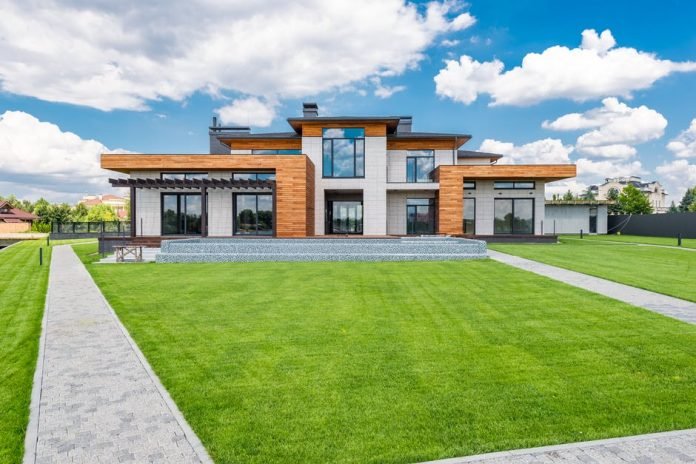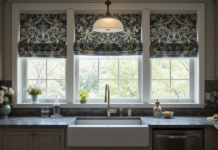Last Updated on July 11, 2024 by Asfa Rasheed
We’re sure that everyone has heard about the recent building collapse in Florida on Jube 24th. If you haven’t, it was an unexpected disaster that claimed the lives of 98 people. No one knows the exact reason the building collapsed. However, there were many speculations that builders didn’t follow specific residential building codes as the property aged.
Whether you’re an owner or a contractor, knowing about building codes is essential to property maintenance. People are trusting you with their lives, so you need to make sure that you don’t skip any steps.
In today’s article, we’ll discuss ten residential building code violations that you should be aware of. Continue reading to learn more.
Table of Contents
1. Working With No Permit
For most homeowners wanting to start DIY projects, the most challenging part is navigating permits. It’s not that they are hard to get; it’s the cost surrounding it.
Depending on what you’re going to build, the cost of permits can vary between $400 – $2,500. That’s why some homeowners opt to work without them.
However, this is the wrong mindset to have. Although homeowners don’t need a contractor’s license to build any additions, permits are still required by law. They’re important because:
- Your improvements will be safe and reliable
- You’ll save money with updated water and energy conservation methods
- No shortcuts mean no extra expenses to fix problems with your work
If you have permits, your property will get inspected. Don’t be afraid of a visit from an inspector. Instead, use the opportunity to make sure you’re adhering to all building codes and learn how to keep your property safe.
2. No Handrails
They may seem like a nuisance, but having handrails can save you a world of trouble. They should be around 30 -37 inches in height and be installed on any stairway with two or more steps.
Since handrails can prevent dangerous falls, you’ll need to adhere to any building code in your local state that requires them. If you don’t, you face a hefty lawsuit.
3. Poorly Ventilated Bathrooms
Most residential building codes will require ventilation fans in your bathroom if there is no window. Some states may require you to have both, depending on humidity factors in your region.
Moisture buildup in your bathroom can lead to peeling wallpaper, deformed cabinets, and mold buildup. Although mold may not seem like a significant issue, they release spores that can harm those with respiratory conditions.
4. Shortage of GFCIs
Have you ever walked into a bathroom and seen an outlet with small red and black buttons in the center? Those are ground-fault circuit interpreter outlets, or GFCIs for short.
They are required in any room subject to moisture because they will turn off the current to prevent any fire hazards and electric shocks. Whether you’re following local building codes or an international building code, they are important for your residence.
5. Faulty Wiring
Some jobs don’t require the help of professionals if you know what you’re doing. However, wiring is one task that you may need assistance with. It can be easier to take shortcuts, but you’ll face problems such as:
- Wrong circuit size
- No GFCI
- More chance of spark fires
If you think you know what you’re doing, that won’t be enough to help keep your family or residents of your property safe. Yes, saving money is crucial, but hiring an electrician in Clifton Springs to do the proper wiring will save lives.
6. Lack of Smoke Detectors
Think about the many times you’ve been cooking and left the room for a few minutes. Suddenly your smoke detector went off, causing you to rush back and see what the problem was.
If you didn’t hear that beep, your life might have been in danger. That’s why smoke detectors are needed in every room in your home.
For those living in dwellings more than 15 years old, smoke detectors may not be hardwired into the property. So consider installing them to increase the safety of your residence.
7. Insecure Windows
Windows are a big part of any property. They enhance its look and keep outsiders from invading your privacy.
However, the problem lies when they shatter. Standard windows with no reinforcement become a safety hazard when they crack.
That’s why most building codes require the use of tempered glass for any windows. It’s glass that’s rapidly heated and cooled to increase its strength.
When it cracks, they break into small pieces that aren’t as hazardous as other ordinary glass. You can use it for your doors too. To learn more about tempered glass, follow the link provided.
8. No Egress Window In the Basement
Whether you’re creating a room for an extra family member or listing your property for real estate purposes, your basement will need an egress window. It seems like a no-brainer, but some individuals try to bypass this feature.
Egress windows are essential in case of emergencies such as gas leaks or fires. They provide an escape route for an individual who may be trapped otherwise.
Ensure that your egress window is at least 24 inches high and 20 inches wide. Without the correct measurements, you won’t be able to have anyone live in this room.
Residential Building Codes Keep You Safe
By following residential building codes, you have peace of mind knowing your property is up to date with the latest regulations. If you’re a builder, make sure not to take any shortcuts to prevent any future disasters from happening.
If you want curious about other aspects of building codes or ways to increase your property’s security, check out some of our other blogs.
Read More: Basement Renovation and Tips
Apart from that, if you are interested to know about House Ideas For A Smart Living then visit our Home Improvement category.



























